No Title
Do Ebikes Ruin Trails?
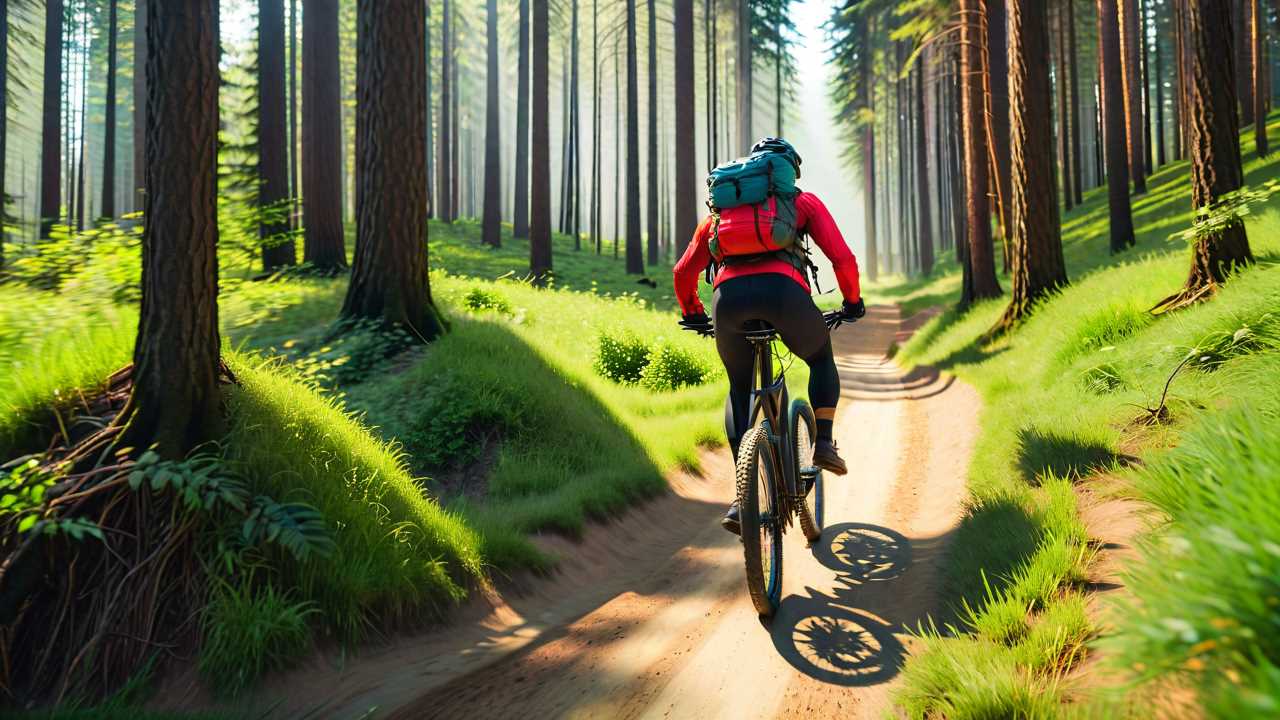
Ebikes can impact trails by contributing to soil erosion, habitat disturbance, and vegetation damage, potentially altering the natural elite electric bike pick balance of outdoor environments. Concerns arise due to their speed, weight, and potential for widening trails, which can lead to safety hazards and ecosystem disruptions. Regulations, education on trail etiquette, and sustainable trail designs are essential for minimizing these effects. While some appreciate Ebikes for increased trail accessibility, balancing their usage with environmental preservation is vital. Understanding the full scope of Ebike impact on trails requires a closer look at various factors influencing trail ecosystems. Want to investigate the broader implications further?
Environmental Impact of Ebikes
The environmental impact of ebikes on trails is a topic of concern among conservationists and outdoor enthusiasts. Ebikes, while offering a convenient and thrilling way to investigate nature, can pose challenges to trail ecosystems.
The increased speed and power of ebikes compared to traditional bicycles can lead to greater soil erosion, vegetation damage, and wildlife disturbance. It is essential for riders to be aware of their surroundings, stay on designated trails, and adhere to speed limits to minimize their impact on the environment.
Conservation efforts play an important role in preserving the natural beauty of trails for future generations to enjoy safely and responsibly. By promoting sustainable practices and respecting trail guidelines, ebikers can help protect the delicate balance of our outdoor spaces.
Trail Erosion Concerns
Trail erosion is a significant concern regarding the impact of ebikes on natural landscapes. The increased speed and weight of ebikes can lead to soil erosion risks, affecting the stability of the trails.
Additionally, the presence of ebikes may disrupt vegetation and pose challenges for trail maintenance, requiring careful consideration to preserve the integrity of the trail systems.
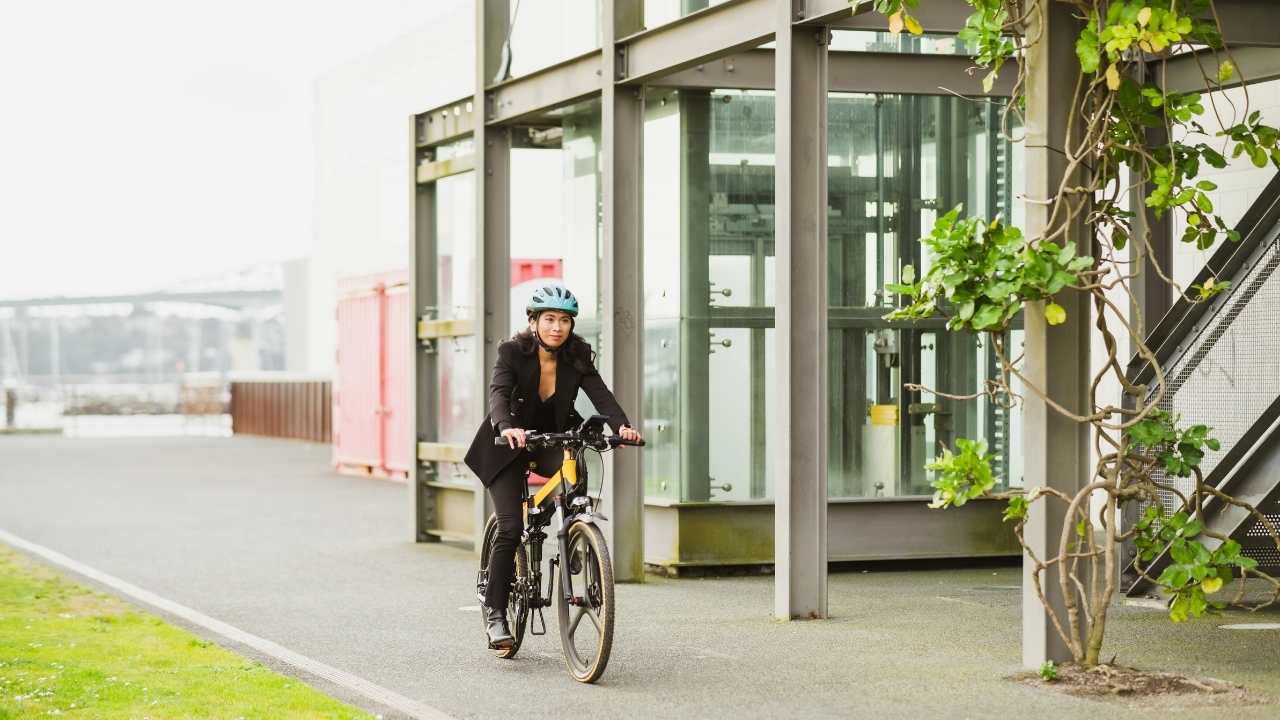 Soil Erosion Risks
Soil Erosion Risks
To address the increased popularity of ebikes on trails, concerns have ebike reviews been raised regarding the potential risks of soil erosion. Ebikes, due to their increased speed and power, can contribute to trail erosion by accelerating the wear and tear on the soil.
The constant use of ebikes on trails can lead to the displacement of soil particles, especially on steep slopes and fragile terrain. Soil erosion not only damages the trail surface but also affects the surrounding ecosystem by disrupting natural drainage patterns and harming vegetation.
To mitigate soil erosion risks, trail users, including ebike riders, must adhere to designated trails, avoid skidding or riding off-trail, and be mindful of the trail conditions to help preserve the integrity of the natural environment.
Impact on Vegetation
How do ebikes affect the delicate vegetation along trails and contribute to trail erosion concerns?
Ebikes, with their increased speed and power, can lead to wider trails as riders navigate around obstacles or take sharper turns, causing trampling of vegetation. The higher frequency of ebike use can result in compacted soil and damage to plant roots, making it harder for vegetation to thrive.
As the vegetation along the trails is disrupted, the stability of the soil is compromised, leading to erosion concerns. It is essential for riders to stay on designated trails to minimize the impact on vegetation and reduce trail erosion.
Trail Maintenance Challenges
The increased frequency and impact of ebike use on trails have raised significant concerns regarding the maintenance best electric bike reviews challenges associated with trail erosion. As ebikes gain popularity, the wear and tear on trails intensify, leading to accelerated erosion.
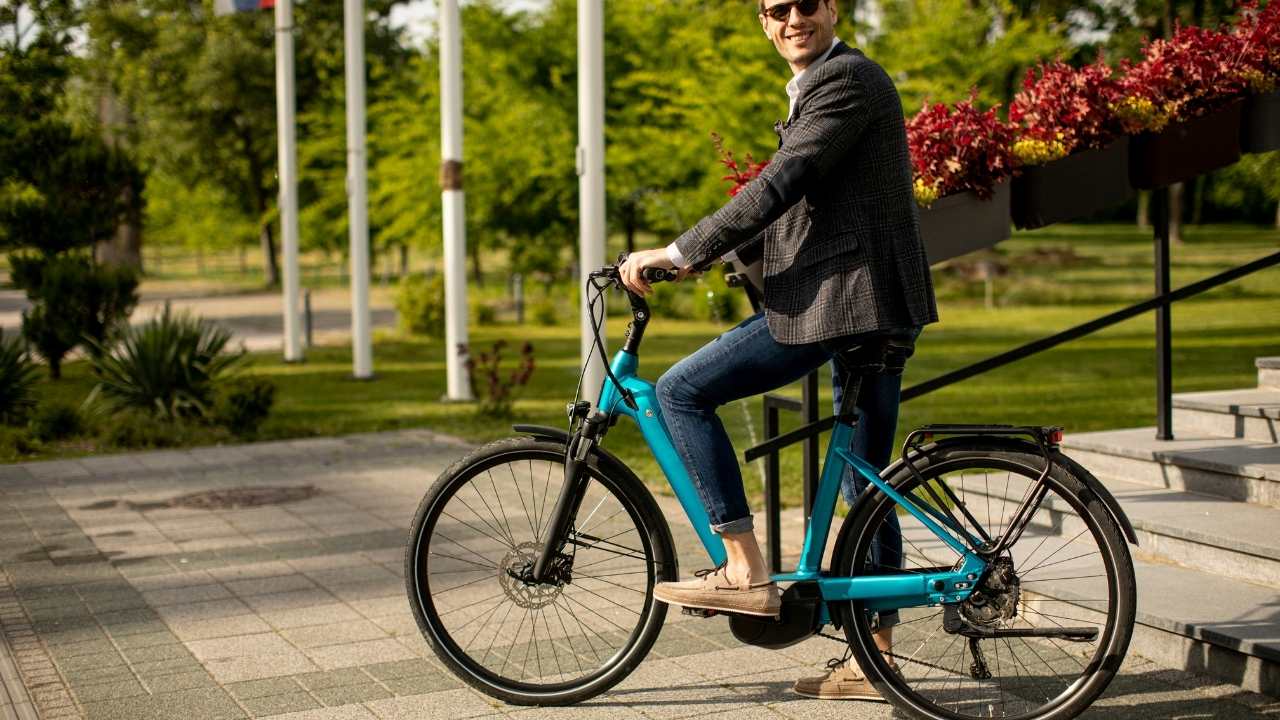
Trail erosion not only affects the aesthetics of the landscape but also poses safety hazards to users. Erosion can create unstable trail conditions, increasing the risk of accidents for all trail users, including hikers, bikers, and wildlife.
To mitigate erosion caused by ebike use, trail maintenance efforts must be heightened. Implementing erosion control measures such as building water bars, rerouting trails, and promoting sustainable trail use practices are essential steps in preserving trail integrity and ensuring the safety of all trail enthusiasts.
Trail Access and Regulations
Access to trails for ebikes is subject to specific regulations that aim to guarantee safety and preserve the integrity of the natural environment.
In terms of ebike trail access, riders must adhere to guidelines such as speed limits, yielding to other trail users, and staying on designated paths to minimize environmental impact.
To secure a harmonious coexistence between ebikers and other trail users, regulations often include designated ebike-friendly trails, educational programs on trail etiquette, and regular trail maintenance checks.
Mitigating Trail Damage
In addressing the mitigation of trail damage caused by ebikes, two key points come into play:
- Trail erosion prevention Sustainable trail design
By focusing on implementing erosion control measures and designing trails that can withstand increased traffic and usage, trail managers can help minimize the impact of ebikes on trail systems.
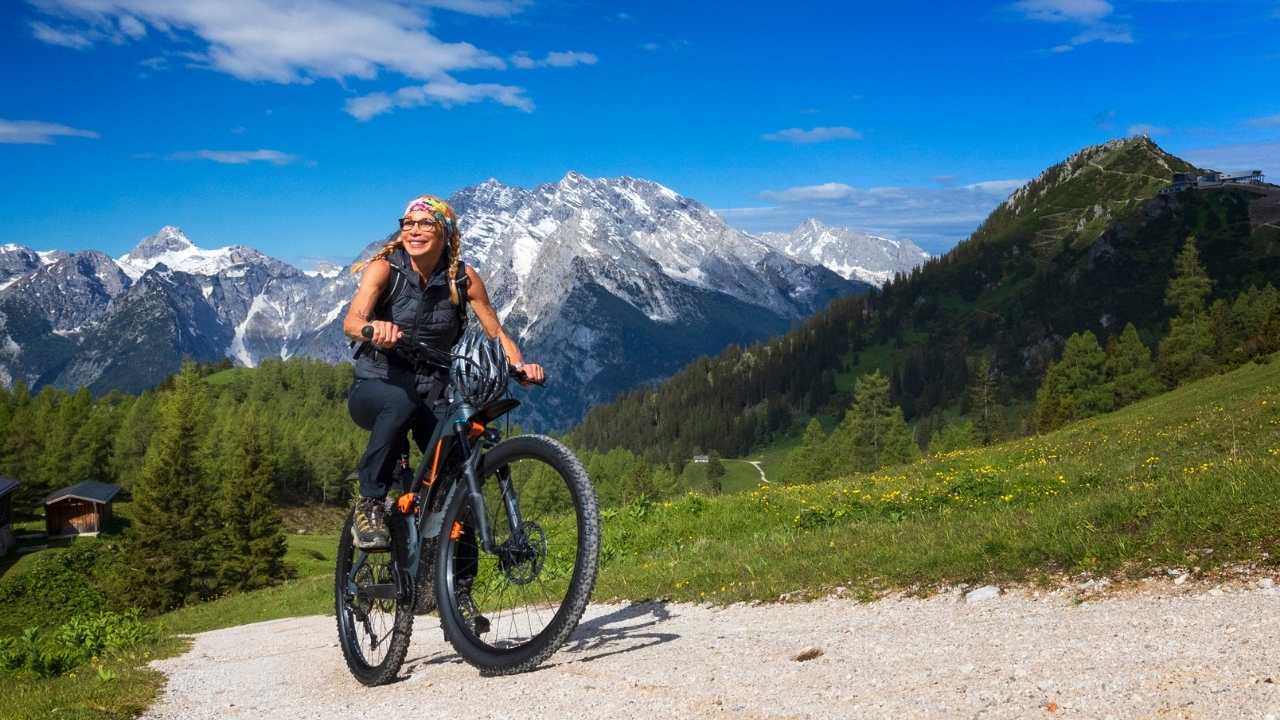
These strategies aim to strike a balance between promoting outdoor recreation opportunities and preserving the natural environment for future generations.
Trail Erosion Prevention
Effective trail maintenance practices play an essential role in preserving the integrity of natural landscapes and reducing the impact of trail erosion caused by various factors. To prevent trail erosion and maintain safety for all trail users, consider the following:
Proper Drainage
- : Installing water bars and culverts helps redirect water off the trail, preventing erosion caused by runoff.
Trail Armoring
- : Using materials like rocks or gravel on high-traffic areas helps protect the trail surface from wear and tear.
Vegetation Management
- : Planting native vegetation along the trail helps stabilize the soil and reduces erosion.
Sustainable Trail Design
Implementing sustainable trail design practices is crucial in mitigating trail damage and preserving the natural environment for future generations. By incorporating features like proper drainage, erosion control measures, and alignment with the natural topography, trails can withstand the impact of increased eBike usage while minimizing harm to the surrounding ecosystem. Sustainable trail design also focuses on creating durable surfaces using materials that are resilient to wear and tear, reducing the need for frequent maintenance and repairs.
Additionally, promoting responsible trail use through education and signage can help guarantee that riders adhere to designated paths, further reducing environmental impact. By prioritizing sustainability in trail design, we can enjoy outdoor recreation while protecting the beauty and integrity of our natural landscapes for years to come.
Community Perspectives on Ebikes
Community perspectives on ebikes vary widely among different user groups and stakeholders, influencing ongoing discussions about their impact on trails. In relation to ebikes, the community's views can be summarized as follows:
Enthusiastic Support
- : Some members welcome ebikes for their ability to make trails more accessible, encouraging more people to enjoy the outdoors safely.
Concern for Trail Wear
- : Others express worries about the potential increase in trail erosion due to the higher speeds and greater weight of ebikes.
Need for Regulation
- : Many advocate for clear guidelines and trail designations to promote the harmonious coexistence of traditional mountain bikers, hikers, and ebike users, promoting trail safety and sustainability for all.
Sustainable Trail Management
Sustainable trail management practices are vital for preserving natural areas and ensuring long-term enjoyment for all trail users. By implementing strategies such as regular maintenance, clear signage, and designated trail usage guidelines, we can protect the environment and improve safety for hikers, bikers, and other outdoor enthusiasts.
When trails are well-managed, the risk of accidents and environmental damage is minimized, creating a more enjoyable experience for everyone. It is essential to prioritize sustainability in trail management to maintain the beauty and integrity of our natural landscapes for future generations.
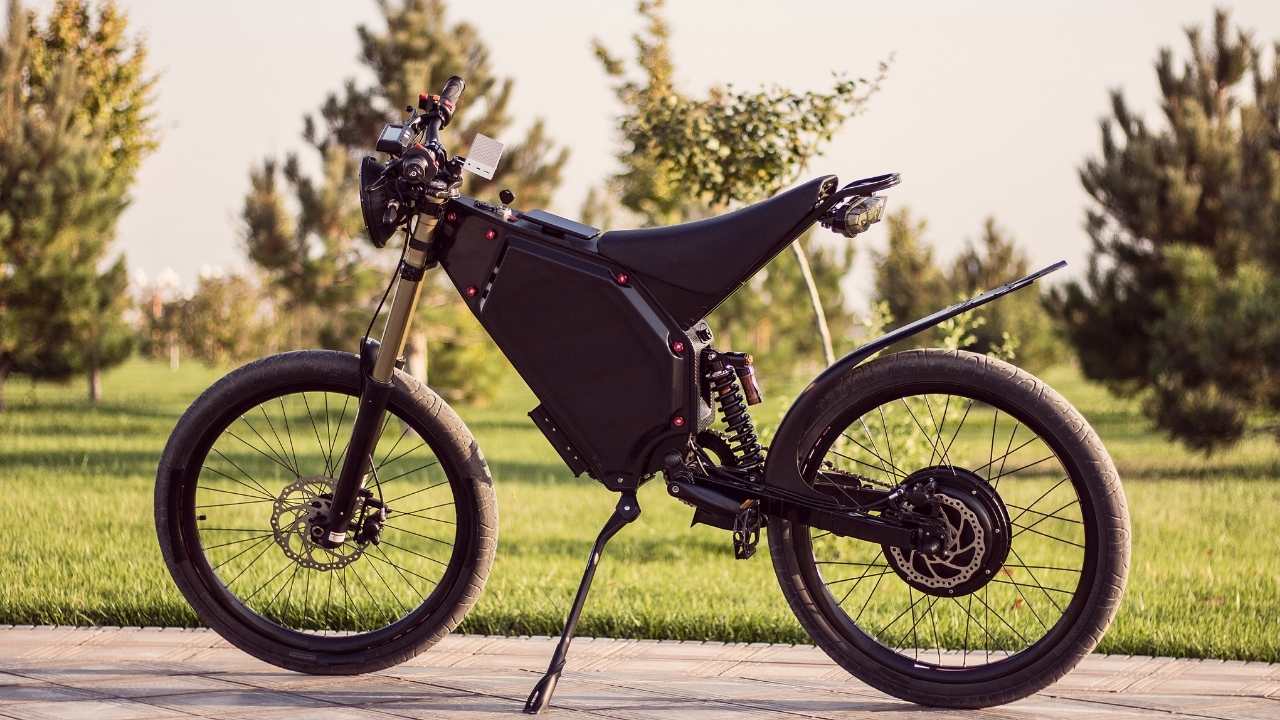
Through education, cooperation, and responsible stewardship, we can cultivate a culture of respect for the outdoors and promote safe, sustainable trail practices that benefit both people and the environment.
Frequently Asked Questions
Are Ebikes Quieter Than Traditional Bikes on Trails?
Electric bikes are generally quieter than traditional bikes on trails due to their motorized assistance. The low noise level can improve safety by allowing riders to be more aware of their surroundings and potential hazards.
Do Ebikes Affect Wildlife Behavior on Trails?
The presence of ebikes on trails can potentially impact wildlife behavior, leading to disruptions in natural habitats. Trail users must be mindful of their surroundings and minimize disturbances to guarantee wildlife conservation.
How Do Ebikes Impact the Aesthetic Value of Trails?
Ebikes, like brushstrokes on a canvas, can alter the picturesque beauty of trails. Their presence may evoke mixed emotions, as some appreciate the convenience while others lament the change in ambiance.
Can Ebikes Increase User Conflicts on Shared Trails?
Ebikes may increase user conflicts on shared trails due to varying speeds and trail etiquette understanding. Proper education, designated trails, and respectful behavior can mitigate conflicts. Safety measures, like speed limits, are essential.
Are There Specific Maintenance Requirements for Trails Used by Ebikes?
Trails utilized by ebikes may necessitate specific maintenance due to increased traffic and potential wear from motorized vehicles. Regular assessment of trail conditions, erosion control, and signage updates are ebike travel experts crucial to guarantee safety and sustainability for all users.
